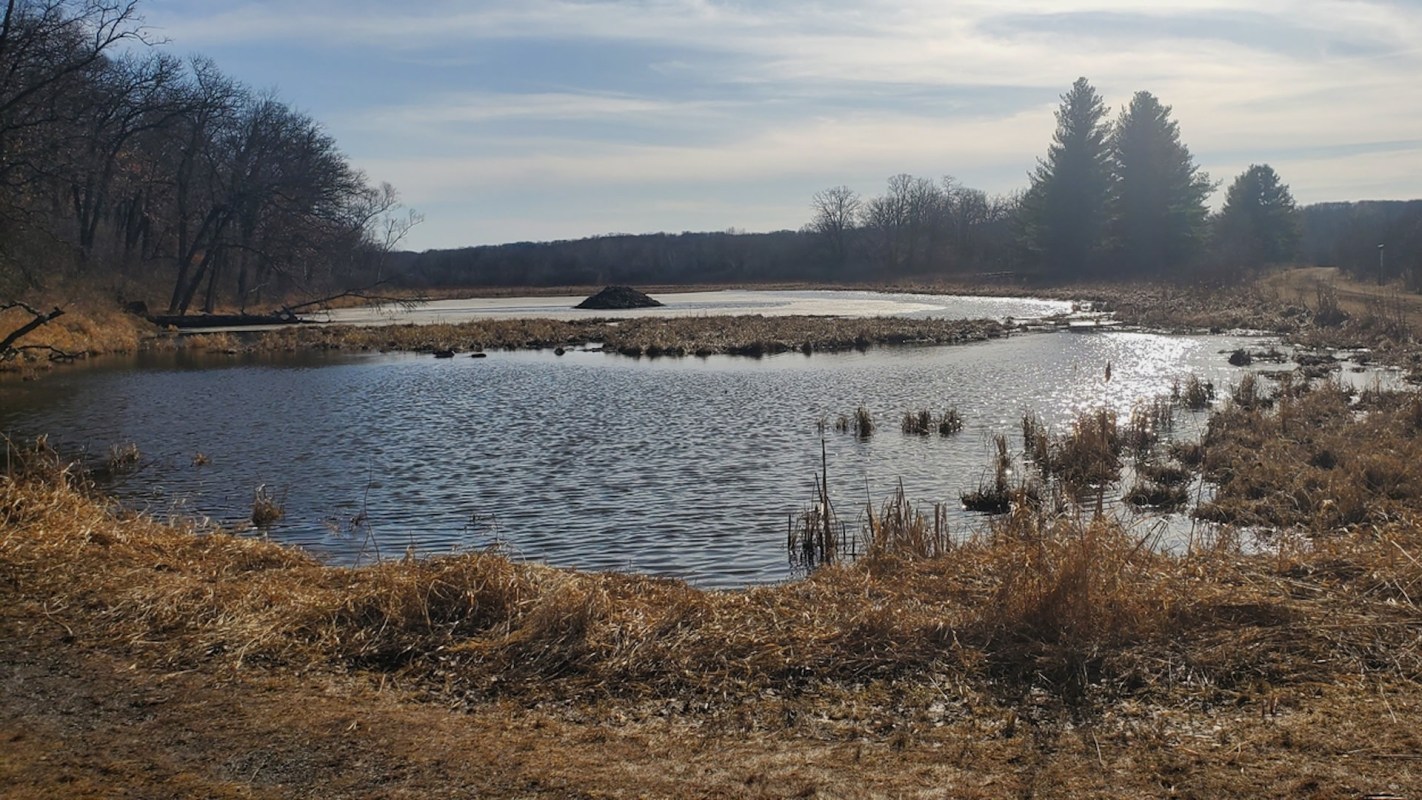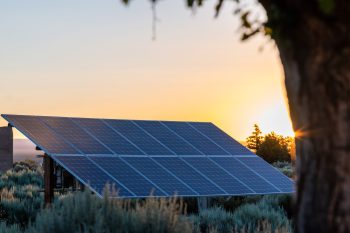A wetland restoration project 15 years in the making will bring back part of a 200-acre lake that was drained 101 years ago.
Butler Lake in Grove City, Minnesota, has been dry since a four-year endeavor to install a concrete drainage tile line was completed in 1923, but a 65-acre wetland is nearing fruition, the West Central Tribune reported in February.
Larry Rick, who owns land and produces livestock in the area, brought the project to the U.S. Fish and Wildlife Service in 2009 because the old tile wasn't draining water anymore, allowing thick mud and cattails to take over fields of pasture and crops, according to the Tribune. One of five affected property owners wasn't on board at the time, so the venture didn't begin until a sale years later.
Rick wanted to restore the lake bed to improve adjacent agriculture and provide waterfowl habitat. He told the outlet he'd like to see swans visit the restored wetland and maybe even nest there rather than fly by. "He is also optimistic for seeing a landscape where wetlands, grasslands and agriculture fit together well," Tom Cherveny of the Tribune wrote.
"Overall picture at the end I think will be pretty nice," Rick said.
FWS partnered with Ducks Unlimited and Pheasants Forever on the project, and additional funds were provided by the North American Wetlands Conservation Act and Lessard-Sams Outdoor Heritage Council, per the Tribune.
The Tribune reported that the former lake would become a 3- to 4-foot-deep wetland. It will be surrounded by smaller wetlands and grasslands, all brought back by the project, which required additional landowners' approval for a new channel to be dug since the tile is now covered by woodland.
FWS project leader Scott Glup told the Tribune that the restoration project will improve water quality and agricultural drainage, slowing erosion and reducing flood risks.
"One of the lessons here is that it is usually impossible to restore all that has been lost," Cherveny wrote. "A portion of Minnesota Highway 4 is built [on] part of the drained lakebed, and restoring the entire lake would also flood land that is tilled for crops."
This and other conservation efforts — check out the work of India's lake restoration expert — help drive progress toward a cleaner, safer future for citizens, wildlife, and the planet. To become part of the solution, you can take local action and vote for political candidates who support fixing the climate crisis.
Join our free newsletter for cool news and cool tips that make it easy to help yourself while helping the planet.








